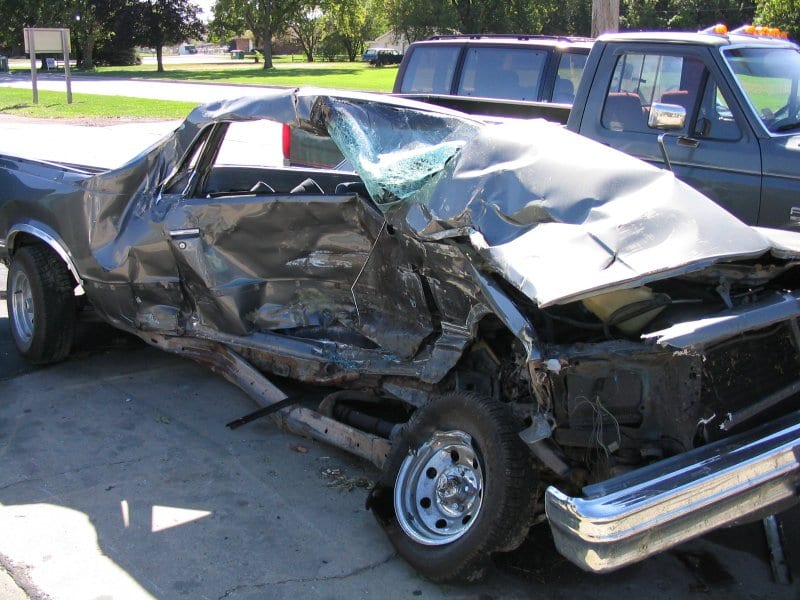If the case does proceed to trial, both parties present their arguments and evidence before a judge and potentially a jury.
Car accidents can be traumatic experiences, often resulting in personal injuries and property damage. When another driver’s negligence causes such harm, victims have the right to pursue compensation through a car accident lawsuit. While every case is unique, standard stages are involved in the legal process of a personal injury lawsuit. Understanding these stages can help individuals navigate the complexities of the legal system and ensure a fair resolution.
- Stage 1: Initial Consultation and Investigation
The first stage of a car accident lawsuit involves the initial consultation with a personal injury attorney. During this meeting, the attorney evaluates the facts of the case, reviews relevant documents such as medical records and police reports, and assesses the potential for a successful claim. They may also investigate the accident further by gathering additional evidence, speaking to witnesses, and reconstructing the incident if necessary.
- Stage 2: Filing the Complaint
If the attorney determines a valid case, they will file a complaint on behalf of the injured party. The complaint outlines the legal claims, detailing the defendant’s negligence, the injuries sustained, and the compensation sought. Once filed, the complaint initiates the legal process and sets the stage for the subsequent phases of the lawsuit.
- Stage 3: Discovery
Experts from the Keith Law Group of Rogers state that discovery is a crucial stage wherein parties exchange information and evidence related to the case. This process allows each side to investigate the strengths and weaknesses of their arguments. The discovery phase typically involves interrogatories (written questions), depositions (recorded statements under oath), and document requests. It enables both sides to build a strong case and evaluate the potential outcome of the lawsuit.
- Stage 4: Settlement Negotiations
At any point during the lawsuit, both parties may engage in settlement negotiations to resolve without going to trial. In personal injury cases, settlements are typical and can provide a quicker and less stressful resolution for all parties involved. Attorneys from both sides negotiate the terms, including the amount of compensation, potential future medical expenses, and any other relevant factors.
- Stage 5: Pre-Trial Motions and Mediation
The case proceeds to pre-trial motions if a settlement cannot be reached. This stage involves the presentation of legal arguments and requests to the court to resolve specific issues before the trial. Motions can address evidence admissibility or the dismissal of particular claims. Additionally, parties may opt for mediation, where a neutral third party helps facilitate settlement discussions. Mediation can be an effective alternative to trial, allowing the parties to maintain control over the outcome.
- Stage 6: Trial
If the case does proceed to trial, both parties present their arguments and evidence before a judge and potentially a jury. The trial involves opening statements, examination and cross-examination of witnesses, presentation of evidence, and closing arguments. The judge or jury then deliberates and delivers a verdict, determining the liability and the compensation, if applicable.
Following the trial, either party has the right to appeal the decision if they believe there were errors in the legal process or the application of the law. Appeals involve presenting arguments to a higher court, which reviews the case to determine if any mistakes were made during the trial. If successful, a request may result in a new trial or a modification of the previous decision.


Join the conversation!